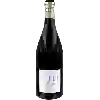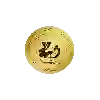Top 100 natural sweet wines of Languedoc-Roussillon - Page 5
Discover the top 100 best natural sweet wines of Languedoc-Roussillon as well as the best winemakers in the region. Explore the varietals of the natural sweet wines that are popular of Languedoc-Roussillon and the best vintages to taste in this region.



































































































